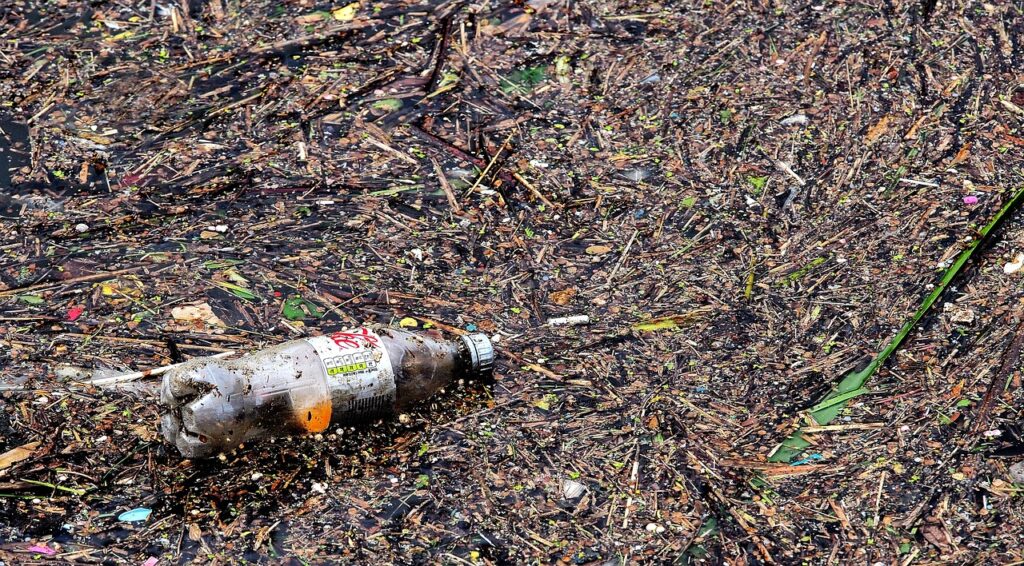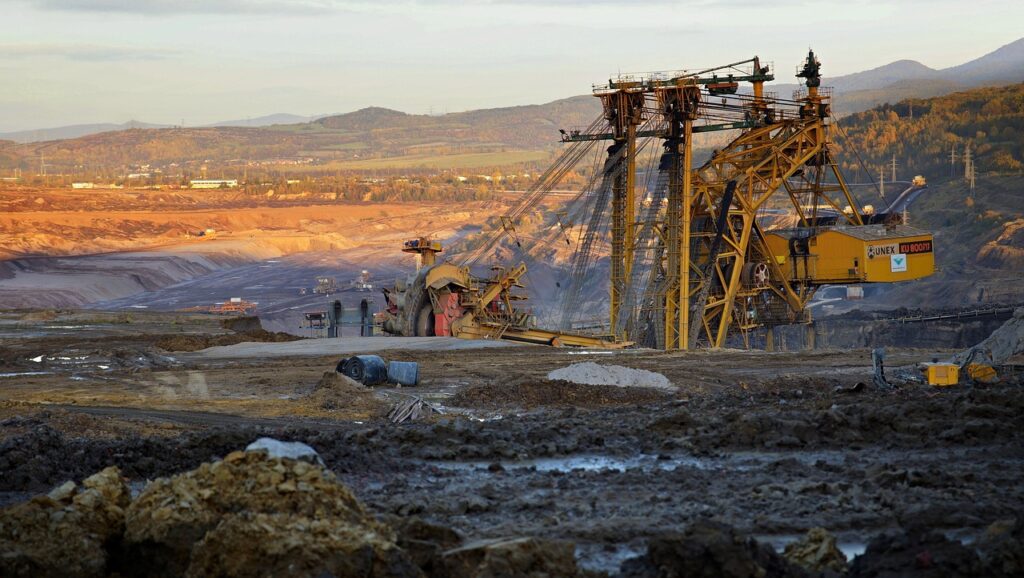Can microbes and bacteria be a solution to our climate problem? Scientists around the world are constantly looking for ways to utilize technology to mitigate climate change, discovering interesting heroes that we may not have considered which are tiny organisms and microbes. Here is a list of 3 different ways scientists and researchers have discovered how bioremediation (the use of living organisms and biotechnology to decontaminate affected areas) and microbes can mitigate climate change and pollution:
What Is Bioremediation?
So what exactly is bioremediation? It works as a natural, eco-friendly solution by using microorganisms to detoxify or remove pollutants and converts organic pollutants mainly to water, biomass, and carbon dioxide. Bioremediation accelerates the biodegradable fate of pollutants creating end products that are non-toxic and avoids causing harm to the environment and living organisms (Atlas & Philip, 2002)
1. Remediation of Contaminated Soil

Contaminated soil can occur because of a variety of different causes such as accidental oil spills, discharge from landfills or access use of pesticides, fertilizer, and herbicides. Contaminated soil can be quite dangerous as it causes harm to humans, wildlife, livestock, crops, and native plants. Unfortunately, most solutions scientists have discovered, like physical, chemical, and thermal processes to discard contaminated soil, are labour-intensive, expensive, and not always 100 percent effective.
Bioremediation has been found as a solution to this problem. It works as an alternative method to traditional physicochemical methods but is rather cost-effective, less labor-intensive, safe and environmentally friendly. It is also found to work on different kinds of soil pollutants such as pesticides, explosives, Polycyclic aromatic hydrocarbons (PAH), radionuclides, and heavy metals.
The only downside to bioremediation in contaminated soil is the length of time it takes (can take up to years and decades) and still requires further research (Das & Adholeya, 2012).
2. Disinfection of Water Systems Through Phages

With the standard of living increasing, many of us may take advantage of the freshwater that runs through our taps at the twist of a knob. It is a scary thought to know that freshwater is limited and will become a scarce resource with time but what can be even more terrifying is knowing we are destroying the only freshwater we have with pollutants. For many, polluted water is all that is available and according to the World Health Organization, 80% of diseases and one-third of deaths in developing countries are caused by the consumption of contaminated water. Now there are various ways to purify our water but many of these traditional systems such as chlorination, radiation, and filtration have their disadvantages such as high costs. This is where phage-mediated biocontrol intervenes to successfully remove human pathogens.
A bacteriophage or phage are viruses of prokaryotes which can work to instantly kill a bacteria cell. In reports of its use to control Salmonella species (a pathogen which can cause harm to humans), the phages that were added to treat the water had shown a high inactivation rate of the Salmonella species. Phages carry the ability to control environmental wastewater process issues and are highly significant because of their non-toxicity to humans and their ability to kill bacterial cells.
The problems which surround this method of purification are both the efficiency of the phage production and its ability to work successfully on dormant bacteria cells. More research also needs to be conducted to start using this method more popularly to kill the pathogens in contaminated water systems. However, as of now, they are found to be easy to prepare and use and avoid killing eukaryotic cells (organisms that contain a nucleus) (Ahiwale et al., 2012).
3. Heavy Metal Pollution and Yeast

Heavy metal pollution often occurs because of industrial processes. The most common heavy metals are lead, cadmium, and mercury which get released into the environment because of various industrial reasons such as energy and fuel production, iron and steel technologies, and fertilizer and pesticide industries. Heavy metals create a negative impact on the environment as they are highly toxic and pose a threat to public health by entering food chains. Therefore, finding effective ways to manage heavy metal pollution is important.
The methods traditionally used to remove heavy metals such as chemical precipitation and solvent extraction have implications as it is not economically viable method in many developing countries.The method of using biosorption has effective performance, low costs, and is eco-friendly. Biosorption is defined as “a non-directed physicochemical interaction between metal species and microbial cells” (Shumate & Stranberg, 1985). Some of the different microorganisms used for the removal of these heavy metals are algae, fungi, yeast, moulds, and bacteria. Using yeast biomass specifically is inexpensive and effective. Its efficiency can also be increased through immobilization, pre-treatments, or granulation to entrap heavy metals and even recycled for further use by stripping the metal ions. The use of biosorption specifically using yeast has positively emerged as a technology which can manage heavy metal pollution in a simple, cost-effective, efficient and eco-friendly manner (Bankar et al., 2012).
Sources:
Atlas, R. M., & Philp, J. (2002). Bioremediation. ASM Press.
Ahiwale, S., Koparde, P., Deore, P., Gunale, V., Kapadnis, B.P. (2012). Bacteriophage Based Technology for Disinfection of Different Water Systems. In: Satyanarayana, T., Johri, B. (eds) Microorganisms in Environmental Management. Springer, Dordrecht. https://doi-org.myaccess.library.utoronto.ca/10.1007/978-94-007-2229-3_14
Bankar, A.V., Zinjarde, S.S., Kapadnis, B.P. (2012). Management of Heavy Metal Pollution by Using Yeast Biomass. In: Satyanarayana, T., Johri, B. (eds) Microorganisms in Environmental Management. Springer, Dordrecht. https://doi-org.myaccess.library.utoronto.ca/10.1007/978-94-007-2229-3_16
Das, M., Adholeya, A. (2012). Role of Microorganisms in Remediation of Contaminated Soil. In: Satyanarayana, T., Johri, B. (eds) Microorganisms in Environmental Management. Springer, Dordrecht. https://doi-org.myaccess.library.utoronto.ca/10.1007/978-94-007-2229-3_4
S.E. Shumate, G.W. Stranberg, Accumulation of metal by microbial cells, in Comprehensive Biotechnol, ed. by M.M. Young et al. (Pergamom Press, New York, 1985), pp. 235–247





